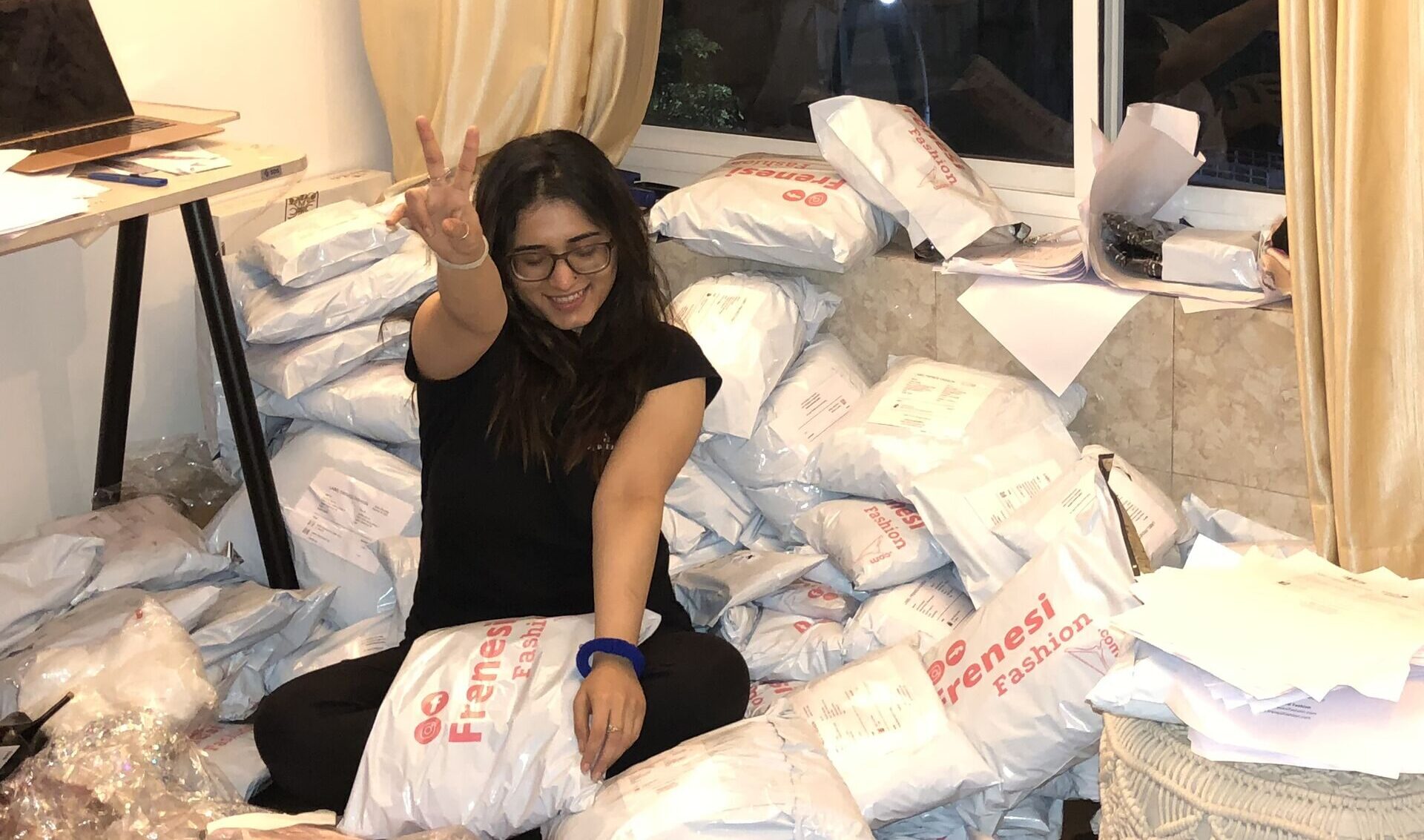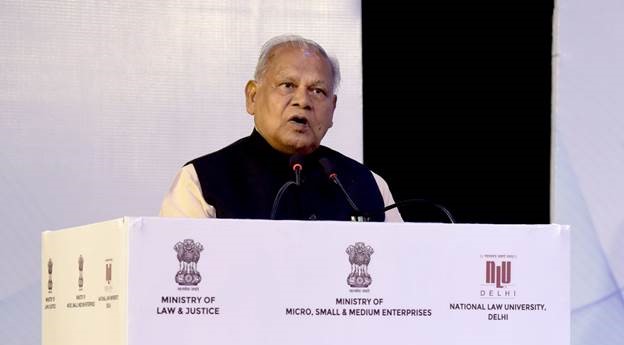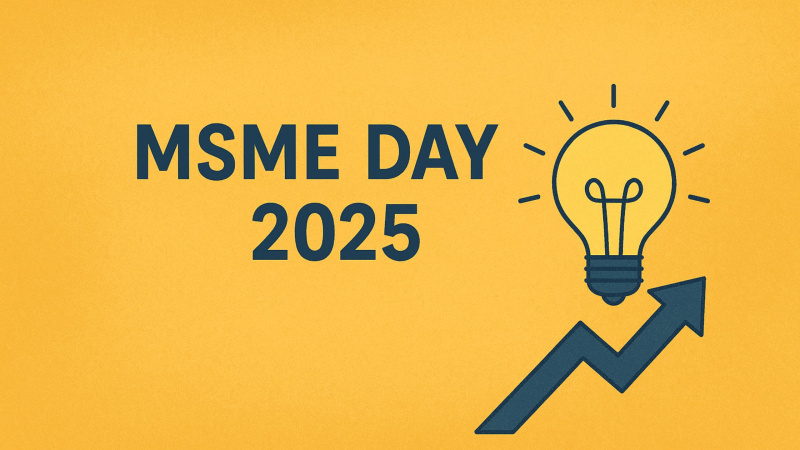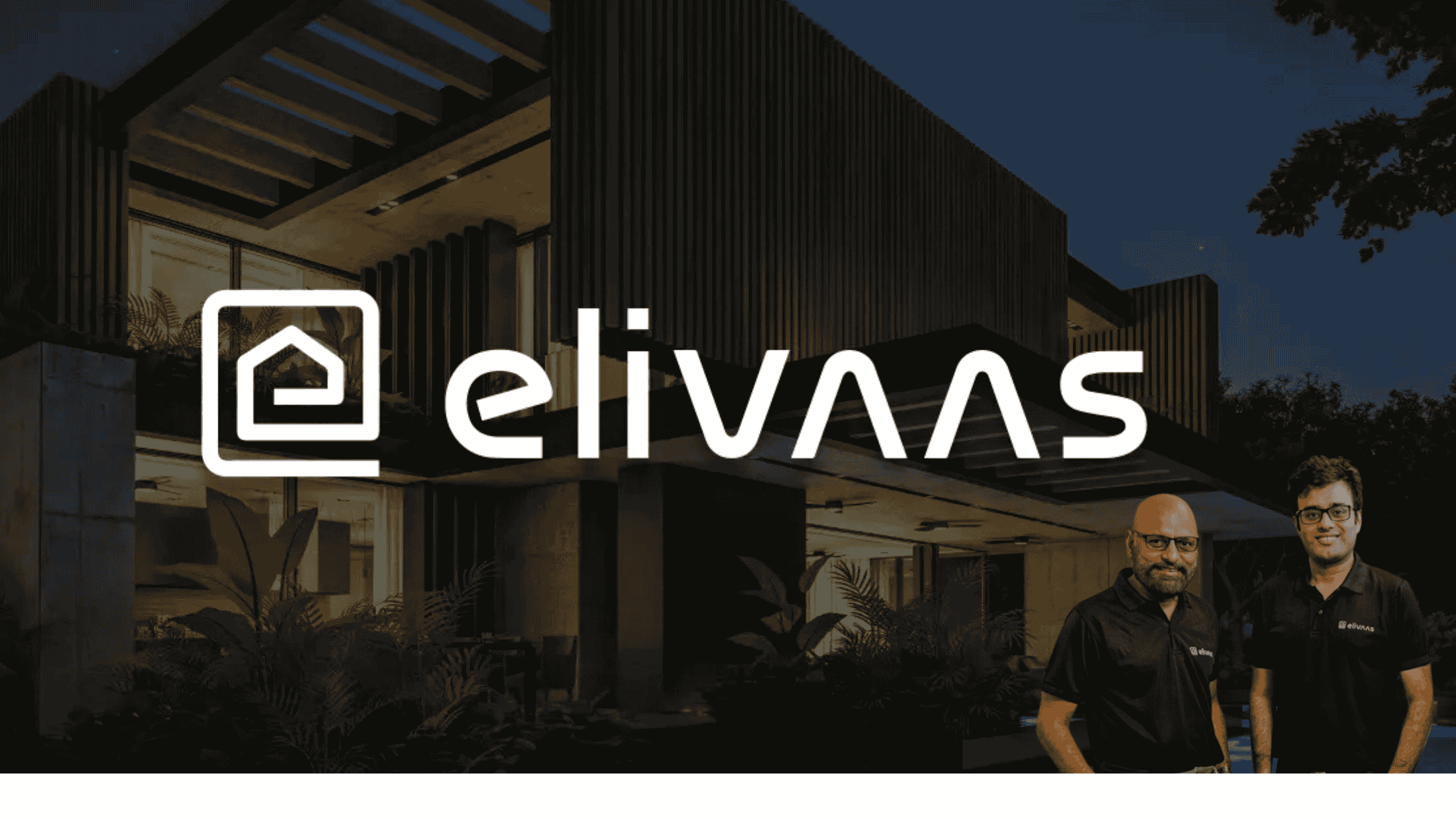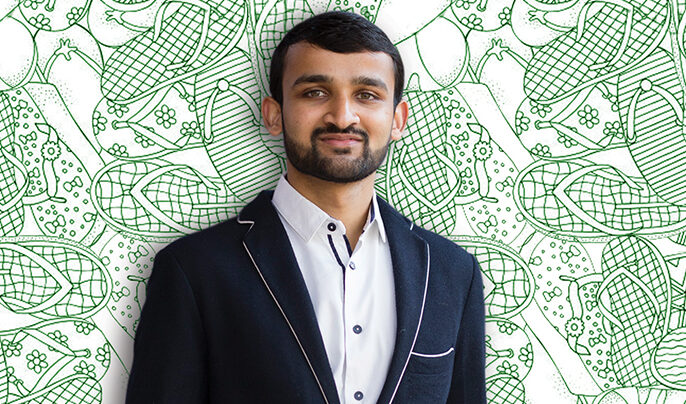Meta’s decision to roll out advertisements within WhatsApp has officially transformed the world’s most popular messaging app from a private communication tool into a monetizable media ecosystem. The Whatsapp Ads confirmed by Meta on June 16, breaks from WhatsApp’s founding philosophy of “No Ads! No Games! No Gimmicks!” and signals a strategic pivot that could redefine digital advertising in high-trust spaces like personal messaging.
The Quiet Entry: Whatsapp Ads in the Updates Tab
Ads will now appear in WhatsApp’s Updates tab, which houses the Status and Channels features. These are considered the public-facing components of WhatsApp and, according to Meta, are used by 1.5 billion people daily. The company insists that these changes won’t affect personal chats, voice calls, or end-to-end encryption, a crucial reassurance in an age of heightened digital privacy concerns.
What users will encounter are:
- Sponsored Status posts, allowing businesses to showcase ephemeral content,
- Promoted Channels, for paid visibility in the channel directory,
- And Subscription-based Channels, where users can pay for exclusive content.
Meta claims ad targeting will rely only on general signals, such as language, country, and followed channels, not private messages or calls.
India: The Crown Jewel of WhatsApp
With over 500 million users, India represents WhatsApp’s largest and most engaged market. Its integration into daily life is unparalleled, used for everything from festival greetings to customer service. This deep-rooted presence gives Meta a potent opportunity to monetize without radically disrupting the app’s core usage.

“Nearly 1 in 3 Indians wake up and sleep with WhatsApp,” noted Rajni Daswani of SoCheers. The move to monetize the Updates tab, rather than core chats, mirrors how Instagram introduced ads in Stories before filling up the feed, subtle, sticky, and less intrusive.
Brand Strategy: Adapt or Get Blocked
The pivot presents both promise and peril for advertisers. Unlike Facebook or Instagram, WhatsApp isn’t designed for flashy visuals or aggressive calls to action. The intimacy of the app demands that brands behave less like hawkers and more like participants in a group chat.
“This isn’t Instagram,” warned Harikrishnan Pillai of TheSmallBigIdea. “If brands show up loud and shiny, they’ll get tuned out. But if they blend in like a casual voice note, there’s potential”.
WhatsApp’s model enables full-funnel commerce within a single platform, discovery via ads, engagement through Channels, and conversion via tap-to-chat. It’s a dream scenario for D2C brands and creators looking to build loyal communities without redirecting traffic to external platforms.
Yet, the margins for missteps are razor-thin. Overdo it, and brands risk immediate blocking. Underdo it, and they miss a rare engagement window.
Founders’ Legacy and the Privacy Paradox
The decision to bring ads into WhatsApp starkly contradicts the app’s founding values. Co-founders Jan Koum and Brian Acton famously decried advertising as an exploitative model. A note reading “No Ads!” was reportedly taped to Koum’s desk.
Their departure from WhatsApp following Meta’s 2014 acquisition stemmed largely from disagreements over ad monetization. Acton, in a 2018 interview, bluntly stated: “Targeted advertising is what makes me unhappy”.
Today, privacy advocates echo their concerns. John Davisson of the Electronic Privacy Information Center called the rollout “another betrayal of the privacy protections that once distinguished WhatsApp”. Critics worry that even limited ad targeting erodes user trust, especially in an environment historically positioned as secure.
Business Implications: More Than Just Ads
Despite pushback, industry experts view the change as a calculated evolution. Meta earned $160.6 billion in ad revenue in 2024, and WhatsApp, despite its massive scale, remained underutilized on the monetization front. The Updates tab now gives Meta a way to tap into WhatsApp’s reach without compromising the core chat experience at least for now.
For brands, the focus is rapidly shifting toward:
- Creating official Channels akin to brand-owned media properties,
- Leveraging tap-to-chat commerce workflows,
- Offering curated, subscription-based content to niche communities.
Those who move early are expected to benefit from lower ad costs and higher organic visibility, much like early adopters did on Instagram and Facebook.
The Verdict: A Delicate Balancing Act
WhatsApp’s move into advertising is not merely a business decision; it is a cultural shift. The app has long been a digital sanctuary, a place free from corporate intrusion. With its monetization gates now ajar, the challenge for Meta and marketers alike is clear: capitalize without corrupting.
The potential is undeniable. The trust, once lost, may not be recoverable.
Also Read: ED Grills Celebrities Over Endorsements for Banned Betting Apps














